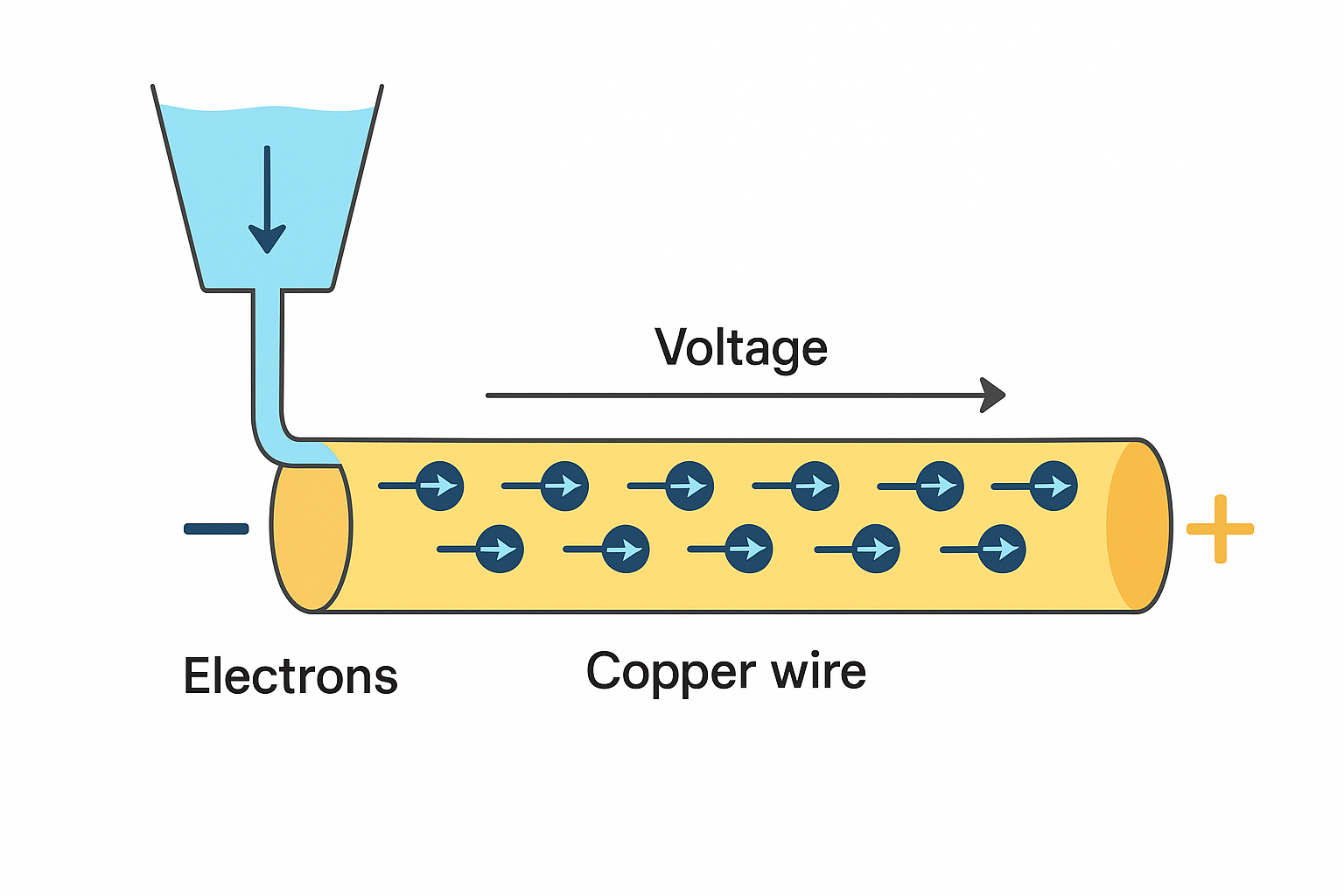Why Math Is Hard?
Math is hard because you made it hard. If you jump straight to calculus without learning algebra and…

Math is hard because you made it hard. If you jump straight to calculus without learning algebra and…

The professors who told you to “just put the numbers into the formula” and that “memorizing Ohm’s law…

In this blog, I’m not going to discuss dry formulas. I’ll make things as simple as I can,…
Hey readers, warm welcome to my little post.Today we’ll discuss how you can build good habits and make…

Most investors fail in the stock market but that doesn’t mean they lack knowledge.Today, almost every resource you…

If your brand’s main goal is to squeeze sales out of your customers as fast as possible, it’s…

Most probably, you saw the screenshots, million dollar revenues of some product. But no one talks about the…

“If you confuse, you lose.” — Donald Miller Let’s start with a brutal truth: If your ideal customer…

Life is complex, isn’t it? Stories help simplify it. The good ones stay with us because they touch…
Without a clear strategy and disciplined focus, your brand will never reach its full potential. That’s why it…